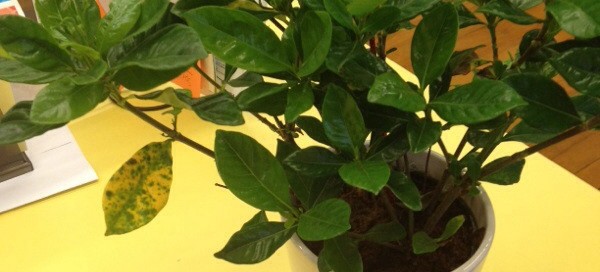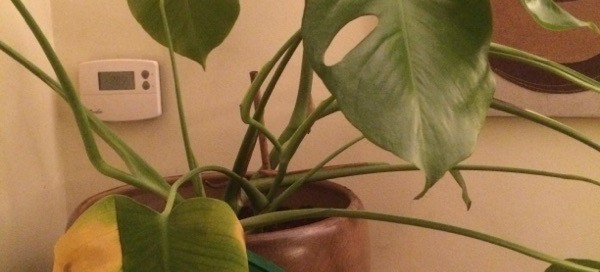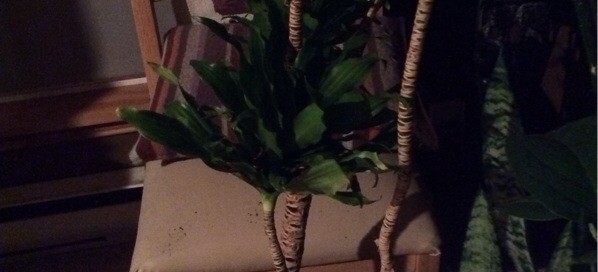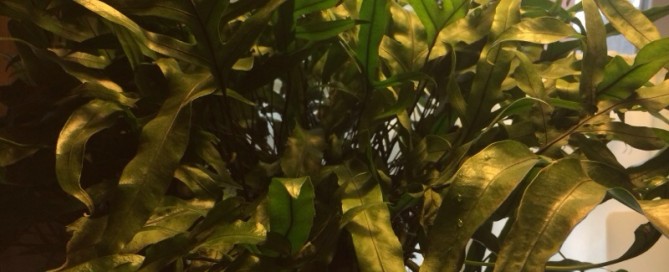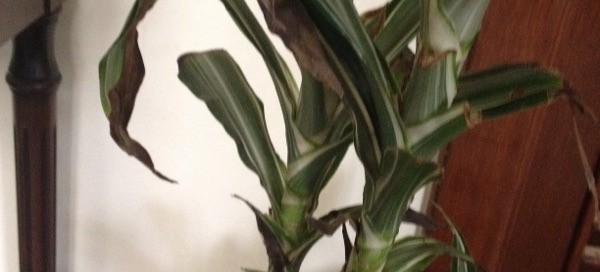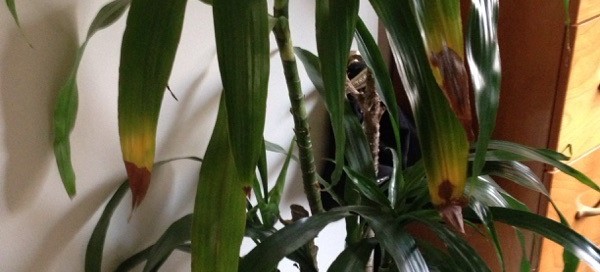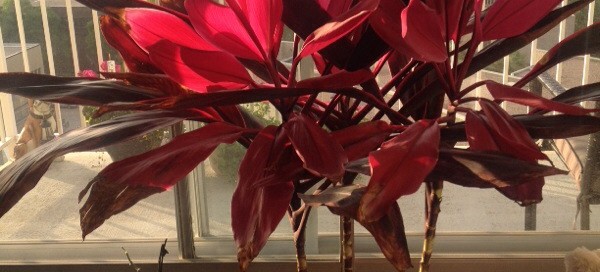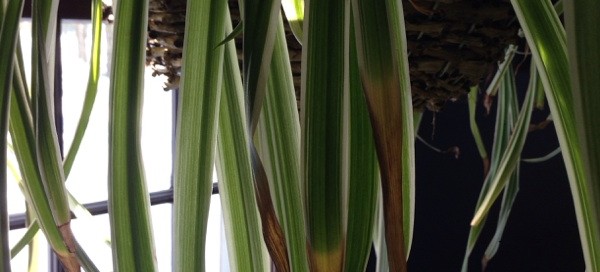Gardenia Problem
Gardenias are notoriously difficult to grow in normal indoor conditions. There could be one problem or several that are causing the leaves to drop. Look for signs of insect infestation such as sucking insects - aphids, scale or mealybugs - or spider mites. If it is a sucking insect such as scale, aphids or mealybugs, they can be washed off by hand or if the infestation is extensive, a horticultural oil can be used as a suffocant. You can even use a q-tip dipped in alcohol to wipe away aphids or mealybugs, but rinse with water afterwards.
In the meantime, here are a few care tips: They like bright light. Put in a south or west facing window for the winter, but avoid direct sunlight during summer.Water:Keep soil continuously moist, but reduce watering in the winter. It looks like your plant is in a cache pot. Make sure it is not sitting in water that seeps out of the pot into the cache pot.
Temperature: Above 60_F is preferred. Avoid cold drafts if temperature drops lower.
Soil: Use a nonalkaline soil mix, such as a rhododendron mix. They prefer slightly acidic soil.
Cold temperatures and inconsistent watering will cause bud and leaf drop, as will dry air. Make sure gardenia has high humidity by placing on a tray of pebbles that has water in it but not up to the top of the pebbles.
